iPhone 7 Plus dual rear cameras. Samsung drops the ball big time.
As expected, the iPhone 7 Plus will carry a rear dual-camera setup. There are several ways a dual-camera setup can be implemented, but with the iPhone 7 they’ve come up with something a bit ingenius and likely quite useful to many.
Optical Zoom
Well, kind of. As opposed to using both cameras on one shot to achieve excellent digital zoom quality, the iPhone 7 Plus will have one module set at 28mm wide-angle for landscape and scenery shooting, and the other module engineered to shoot at 56mm telephoto.
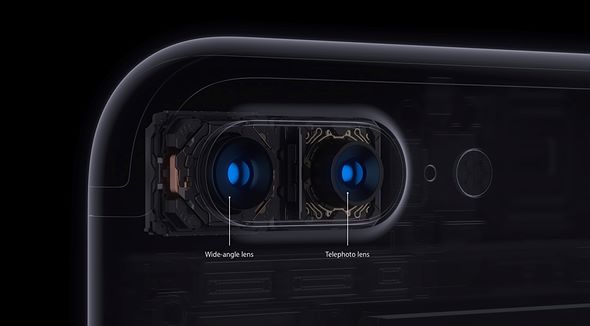
Whereas previously you’d have to crop or digital zoom, which results in a loss of quality, the 56mm on the iPhone 7 Plus portrait module is a true 56mm optical shot at the full MP of the sensor, meaning there’s no image degradation due to cropping or digitally zooming.
Software bokeh
Bokeh (typically pronounced “boh-kay”) is the blur we see in the out-of-focus areas of an image. It’s often used for subject isolation, to make the subject stand out in a photograph.
Perhaps even more useful is the instant bokeh that is usually reserved for big sensor standalone camera systems.

While not yet fully implemented, the iPhone 7 Plus will use both cameras in concert to achieve excellent bokeh results.
This is done by using the slight difference in angles between the two rear camera modules to determine which area is foreground and which is background, and then through software blurring areas determined to be out of focus.
Google Camera apk attempts something similar by having the user move the camera during the shot so that different angles are achieved.
4K, 1080P slow-mo, OIS, ISP
In addition to the rear camera setup, Apple will be upping the ante in several other key areas.
- 4K video can be shot at up to 30fps. This feature isn’t only great for making UHD videos; you can also frame grab 8MP images from the videos for capturing exact moments.
- 1080P and 720P slow-mo capable.
- Optical image stabilization (OIS) will be included. This feature incorporates small movements of the sensor to compensate for handshake. It’s especially useful for HDR and low-light situations.
- The new image signal processor (ISP) is touted to be more powerful than the previous generation in iPhone 6. The iPhone 7 ISP will accomplish image stacking, noise reduction, and exposure control in as little as 25ms.
The gallery
Samsung drops the ball
With Xiaomi, Huawei, HTC, LG, Motorola, and now arch nemesis Apple including a rear dual-camera setup, Samsung has made perhaps one of worst marketing decisions in their history by not including rear dual-camera.
Are we pro-Apple now? Certainly not, but trends in technology are something that can’t be ignored, and with five of the big six major mobile brands implementing rear dual-cameras in their flagships, it’s incredible to see Samsung flub so hugely here.
https://gizbeat.com/10774/iphone-7-plus-dual-rear-cameras-samsung-drops-the-ball-big-time/https://gizbeat.com/wp-content/uploads/iphone-7-plus-dual-cameras-450x249.jpghttps://gizbeat.com/wp-content/uploads/iphone-7-plus-dual-cameras-150x150.jpgFeaturedPreviewsTechAs expected, the iPhone 7 Plus will carry a rear dual-camera setup. There are several ways a dual-camera setup can be implemented, but with the iPhone 7 they've come up with something a bit ingenius and likely quite useful to many. Optical Zoom Well, kind of. As opposed to using both...Damian Parsonshttps://plus.google.com/107879368390224447304 [email protected]AdministratorHi, I'm Damian Parsons. I've been working with Android phones since the first Droid came out. I'm fascinated by computers and technology. My first BBS were ran on an old Apple IIc and Commodore 64. I work hard to bring the latest updates to you every day - without all the boring fluff. Please subscribe to keep up on the newest China tech. See our forum -> www.chinaphonearena.comGizBeat
















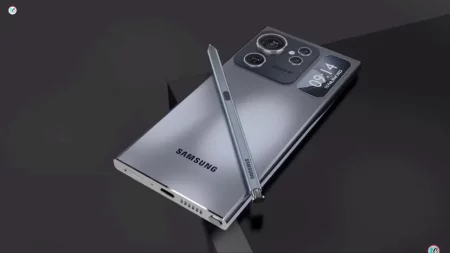
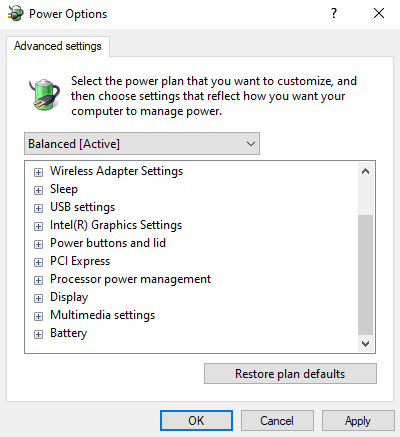
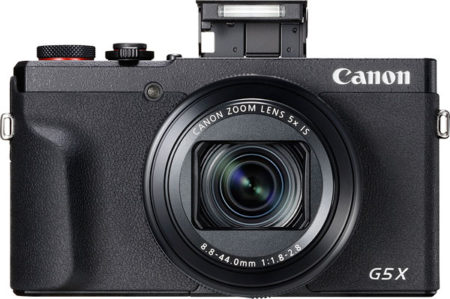


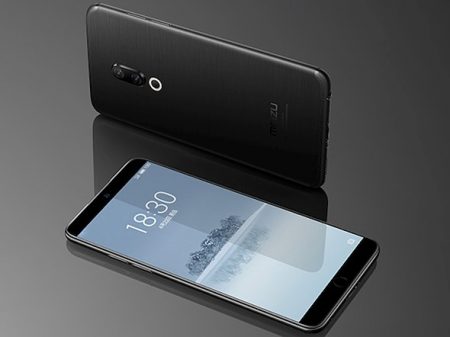
I’m not a fan of either apple or Samsung, but from the reviews I’ve seen so far, the camera on the s7 still sets the performance standard (pending iPhone 7 reviews). While I’m as surprised as you that Samsung didn’t jump on the dual cam bandwagon simply from a marketing perspective, there doesn’t seem to be a great advantage to have a dual cam setup over a well optimized single cam. The redmi pro cam is supposed to be decent, but not as good as the mi5, Huawei’s dual cam options are very good, but still lag behind the s7. I do think within the next year (or maybe now with the iPhone) dual cam setups will become a performance advantage, but as of today, I’m not sold on the technology. With that being said, two of the phones at the top of my list are the redmi pro and the cool1 dual, not because I expect their cams to be spectacular, but probably will be the best available at the price point.
Hello Jh1,
The setup that iPhone 7 Plus is using, having 2 true optical focal lengths is a real-world advantage. This literally and effectively gives users a true “2x” zoom, which also gives the user further leeway with cropping.
If they can get the bokeh feature working effectively, with a low failure rate, and without hassle to the end-user, it will be an enormous plus. People literally spend thousands on gear to achieve this bokeh effect. Though, at this point, it’s unknown whether it will hit or hype.
The other uses touted by some flagship mobiles, such as digital zoom using two sensors being equivalent quality of optical zoom, or to achieve higher quality low-light shots is something we haven’t evaluated yet.
We’re also very much looking forward to the Redmi Pro. The IMX258 is quite a good sensor and should be more than enough for most anyone.
Thanks for the clarification. Will be interesting to see if Apple have actually nailed the dual cam setup then. Would definitely give them a leg up over Samsung if that is the case.